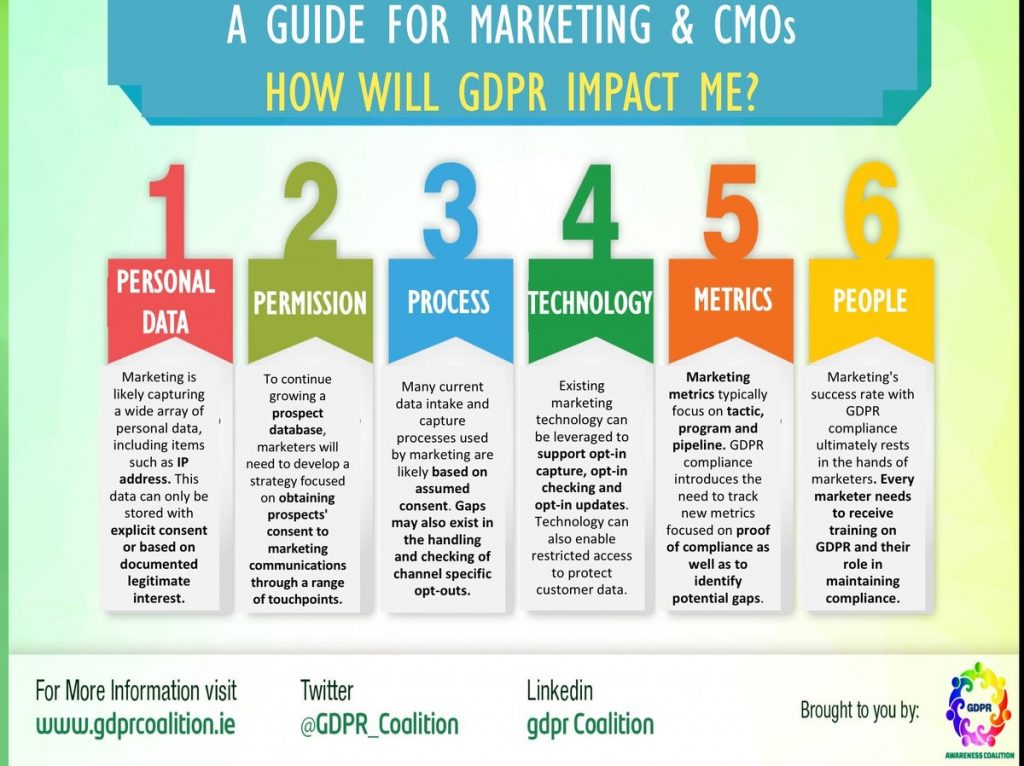7 Components of a Successful B2B Marketing Strategy for 2019

As Heidi Taylor wrote here mere months ago, it’s time for B2B marketers to think differently.
Marketing, especially digital marketing can be a roller coaster of shifting best practices, consumer behaviors, and guidelines.
For example, in May 2018, a new European privacy regulation called GDPR was enforced that can profoundly change businesses in terms of collection, storage, and usage of customer data. The General Data Protection Regulation (GDPR) is a set of regulations that member states of the European Union must implement in order to protect the personal data of EU citizens. It applies to any company that processes or intends to process the personal data of EU citizens, regardless of whether the company is based inside or outside the EU. GDPR training is essential for any company that handles EU citizens’ personal data, as it helps ensure that employees are aware of the requirements of the GDPR and knows how to comply with them. Luckily, there are a number of gdpr training online courses available, which makes it easy for companies to train their employees on this important topic. Deloitte found that only 15% of organizations expected to be compliant with these new privacy regulations by the May deadline, which means it’s something many marketers are still dealing with. And given that 57% of B2B marketers think personalization is a key trend for the next year, changes to tracking and data storage can have a huge impact.

We’re also emphasizing different phases of the funnel than we used to. ClickZ’s B2B marketing survey found that more marketers are moving their attention away from audience building and lead generation at the top of the funnel to nurturing and converting those. While 45% of respondents said growing traffic was a priority, 50% are now demanding leads that are fed into the middle and bottom. It’s a stark difference from the top-of-funnel focus in so many conversions in years prior.







